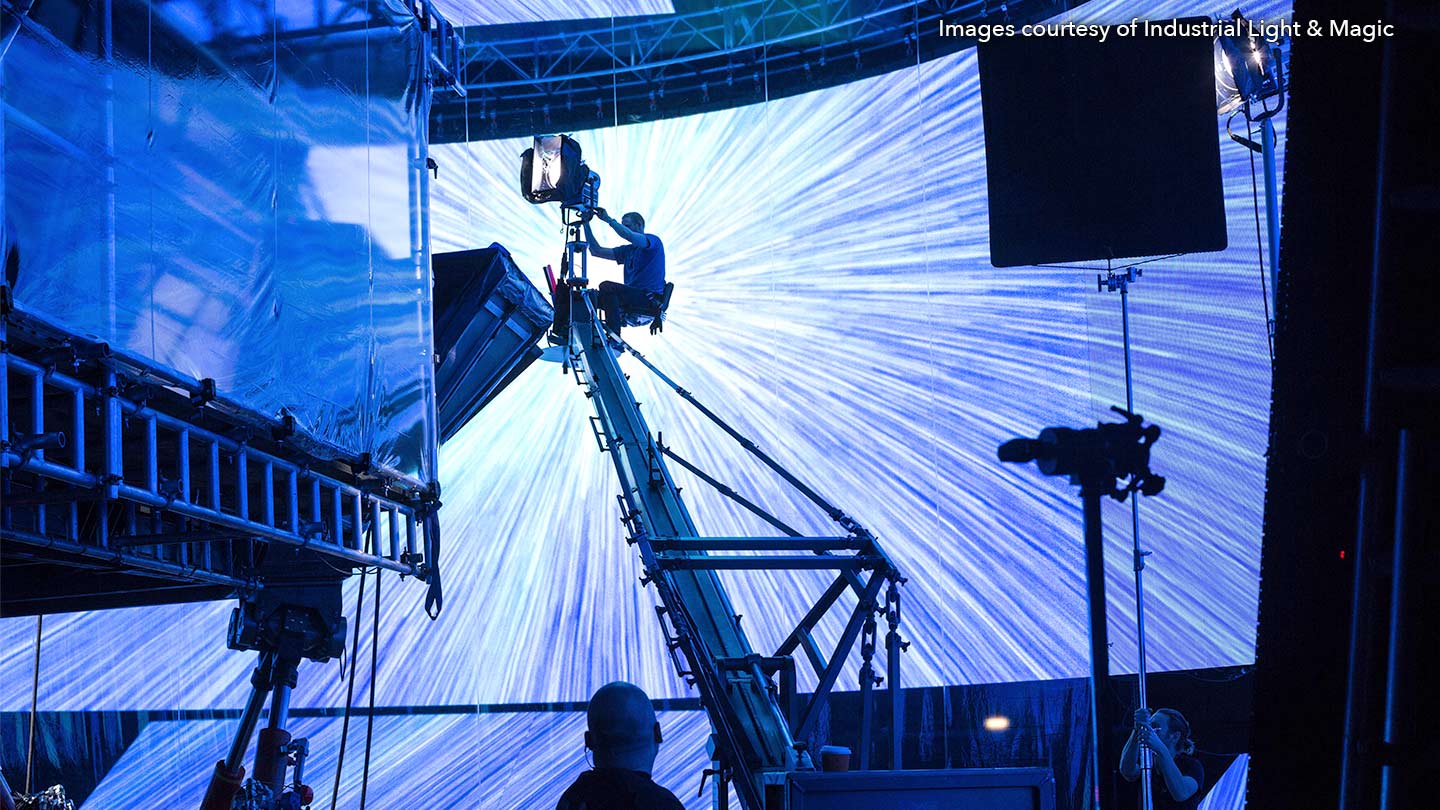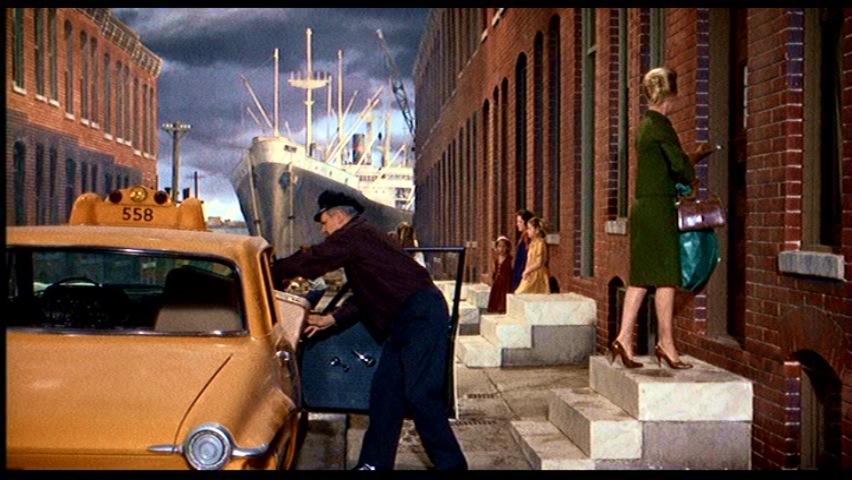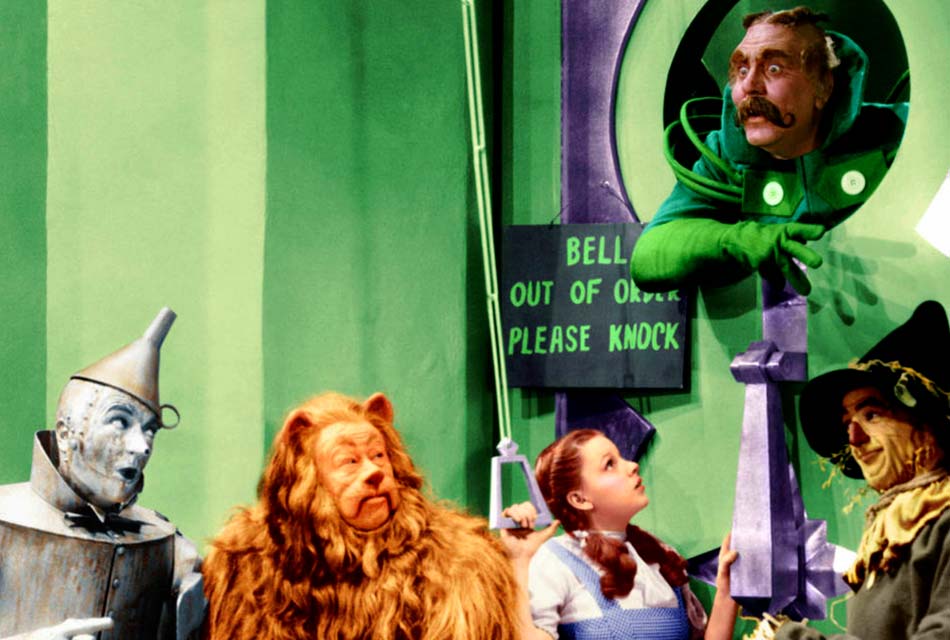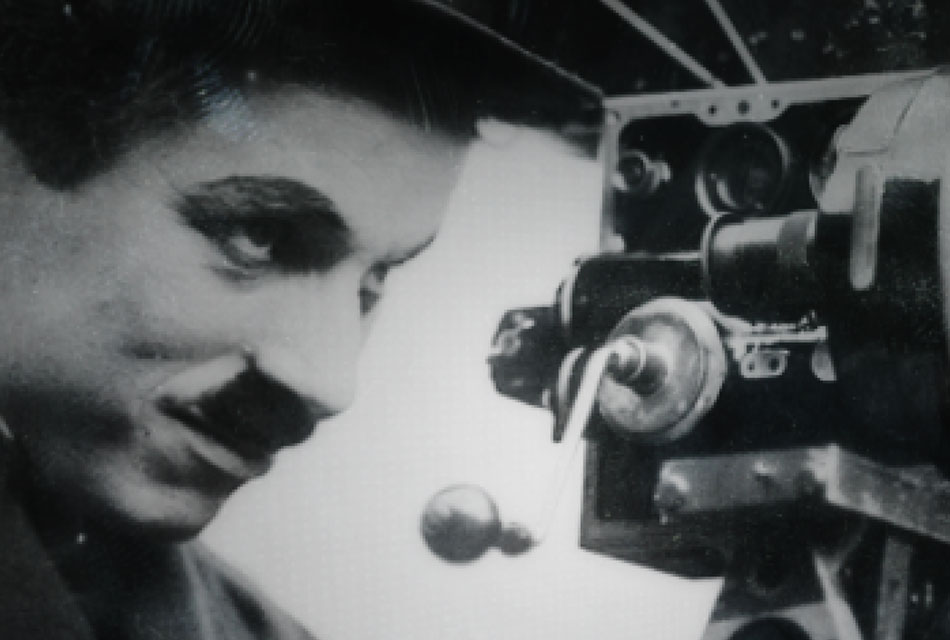The Early Days

The Argonauts kick some boney ass.
So how is it done?
This scene is comprised of two separate elements. First, Armstrong was filmed performing the fight choreography. Next, the skeletons were animated in stop motion by legendary effects artist Ray Harryhausen, who filmed them over the Armstrong footage which was rear projected. Stop motion is a lengthy, tedious method of animation which requires the artists to move each figurine - such as the skeletons - in tiny increments, frame by frame. It was rather like greenscreen in this respect, since it allowed cinematographers to create sequences which might otherwise have looked unconvincing if attempted, or probably simply impossible to achieve.

The projected and stunt sections of the footage are impressively intercut in 'Dr. No' (1962) to heighten the tension and help the audience identify with Bond.
Today you'll usually only see this technique used by filmmakers who want to make a visual homage to the films which benefited from it before 1970, such as the James Bond films or older black and white classics, in order to try to evoke the atmosphere of this once revolutionary technique in action.
On the right, you'll see how great directors like Alfred Hitchcock and Quentin Tarantino have used its sometimes fake quality to achieve dramatic effect, and how Industrial Light and Magic, the team behind the Star Wars films, are creating a new high-tech version of rear projection.
The enduring value of older techniques like rear projection is their ease of use and thus their attractiveness to productions with restricted budgets. Every time you see a character in 'Star Trek: the Next Generation' (1987-1994) use a turbolift, a rear projection of different decks of the ship was used to maintain the illusion that it was a near-instantaneous means of conveyance.

Rear projection in use on 'River of no Return' (1954).

A modern take on Rear Projection in 'Solo' (TBC).

Rear projection in 'Marnie' (1964). Apparently Hitchcock insisted on keeping the shot in spite of it's obviously fake look and the advice of his crew.

Deliberately fake looking rear projection for dramatic effect also appears in the opening scene of Quentin Tarantino's 'Kill Bill Vol.2' (2004) , to support Uma Thurman's overplayed, straight to camera speech.



